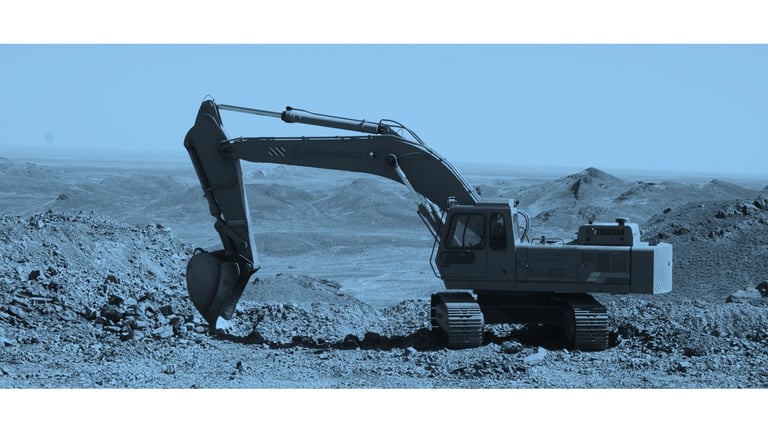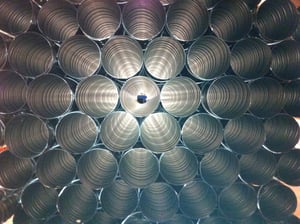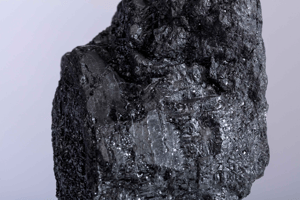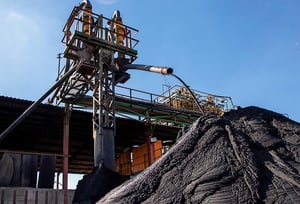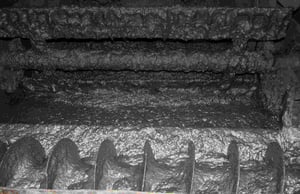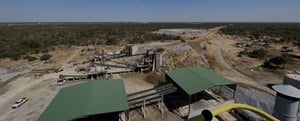While vanadium has long been essential for strengthening steel and reinforcing the infrastructure of the modern world, it’s now poised to play a pivotal role in one of the most critical transitions of our time: the shift to renewable energy. This silent metal is moving from the background of construction and heavy industry into the spotlight of global energy innovation, and its rise is set to reshape energy storage markets on a global scale.
Historically, vanadium’s value has been closely tied to steel manufacturing, with the bulk of global supply channelled into high-strength steel for use in construction, pipelines, and high-performance transport components. This reliance has made vanadium prices vulnerable to the fluctuations of industrial output, especially in dominant economies like China. However, a fundamental shift is underway. As countries invest in renewable infrastructure at an unprecedented pace, the utility-scale storage market is set to redefine vanadium’s strategic importance.
Vanadium redox flow batteries (VRFBs) represent the future of large-scale, long-duration energy storage. Unlike conventional batteries that degrade over time and pose fire risks, VRFBs offer a safe, scalable, and sustainable alternative for storing surplus renewable energy. Paul, an expert in the field, explains how this technology works: during times of peak solar or wind production, VRFBs store excess energy in a liquid electrolyte solution composed of vanadium pentoxide. This energy can then be reliably discharged during periods of low renewable output, ensuring a stable and secure energy supply.
This capability to provide “firming” power—bridging the gap when renewable sources are dormant—is crucial for grid stability. VRFBs not only reduce dependency on fossil fuels but also enhance the reliability of renewables. Their chemical composition makes them inherently safe, as the risk of combustion is virtually eliminated. This is particularly important in large, static installations where safety cannot be compromised.
Another key strength of VRFBs lies in their scalability. Capacity can be expanded simply by increasing the size of the electrolyte tanks, offering near-limitless potential for both domestic and industrial energy storage applications. This modular design also contributes to their cost-effectiveness over time, as it allows infrastructure to grow alongside energy demand without the need for complete system overhauls.
Durability is another critical differentiator. Traditional battery chemistries degrade with repeated use, losing efficiency and requiring costly replacements. In contrast, the design of VRFBs separates the energy-generating elements from the storage solution, allowing the system to function efficiently for decades. The vanadium-based electrolyte itself remains stable and reusable indefinitely, dramatically reducing maintenance costs and environmental impact.
In terms of sustainability, vanadium redox flow batteries are also ahead of the curve. They bypass the need for rare earth materials such as cobalt or nickel, which are not only expensive but often sourced through environmentally and ethically problematic supply chains. This makes VRFBs a cleaner, more responsible choice for energy storage—a priority as governments and industries race to meet net-zero targets.
The broader implications for investors are clear. As energy security becomes a top global priority and renewable energy installations accelerate, demand for VRFBs—and by extension, vanadium—is expected to surge. The metal’s shift from industrial support material to front-line energy enabler marks a new era of strategic importance. Investors positioned early in this transformation stand to benefit from a rapidly expanding market with strong policy tailwinds.
Vanadium’s future lies not just in reinforcing steel, but in fortifying the world’s energy systems for generations to come.
Ferro-Alloy Resources Ltd (LON:FAR) is developing the giant Balasausqandiq vanadium deposit in Kyzylordinskaya oblast of southern Kazakhstan. The ore at this deposit is unlike that of nearly all other primary vanadium deposits and is capable of being treated by a much lower cost process.






